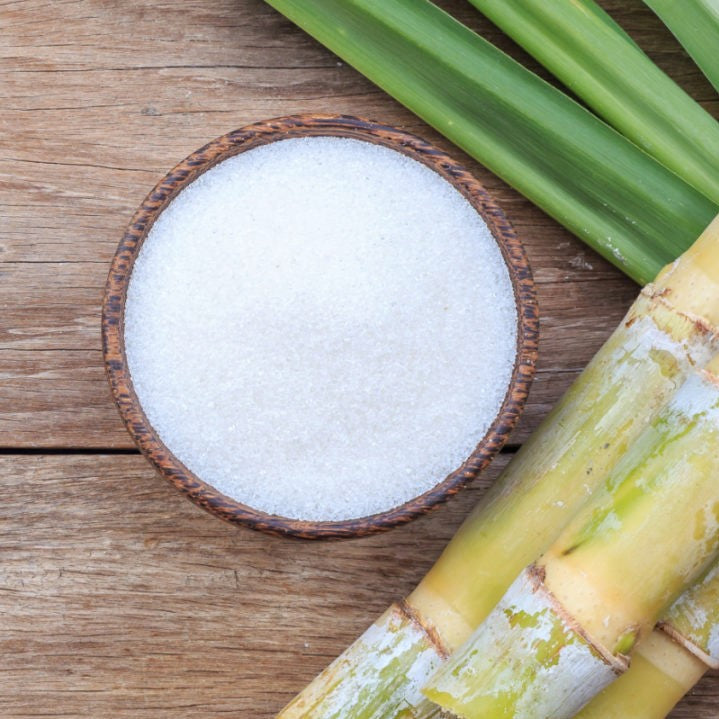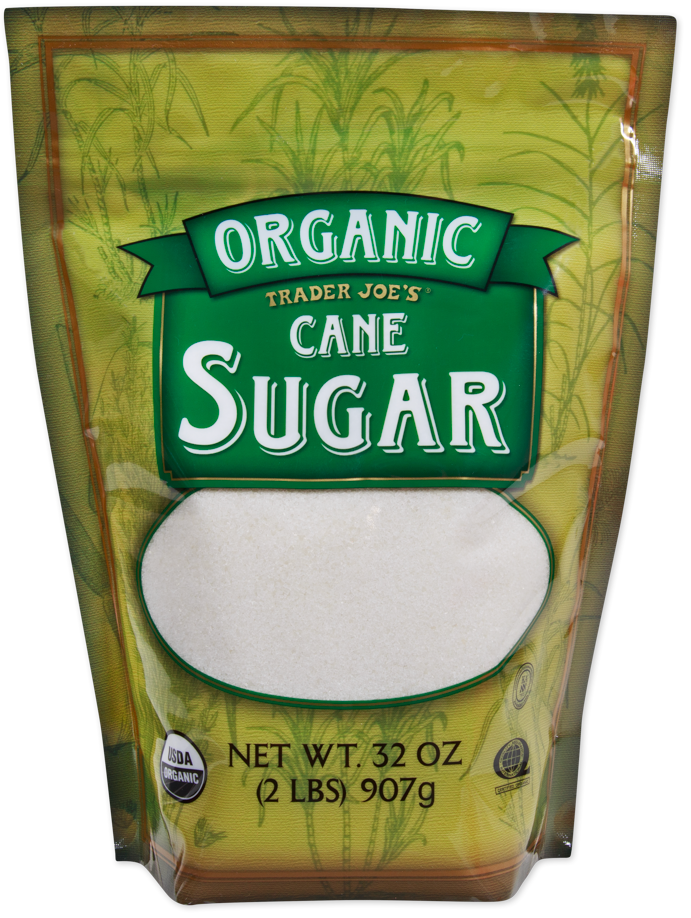Comprehending the Crucial Techniques and Technologies Employed in Modern Walking Cane Sugar Processing
The advancement of cane sugar processing has been substantially formed by the integration of sophisticated methods and innovations that attend to both effectiveness and sustainability. Enzyme-assisted extraction and advanced refining approaches have transformed return optimization, while automation helps with functional dependability. Moreover, the emphasis on sustainable practices shows a growing recognition of ecological effect. As we explore these critical innovations, it comes to be essential to examine exactly how they not only enhance manufacturing but also align with wider sector patterns and customer needs, questioning concerning the future of sugar handling and its implications for global markets.
Historic Context of Walking Cane Sugar Handling
The historical context of cane sugar processing reveals an abundant tapestry of agricultural advancement and cultural exchange that has actually shaped its advancement over centuries. Coming From in Southeast Asia, sugarcane was grown as early as 8000 BCE - Cane Sugar Processing. The procedure of improving and drawing out sugar obtained momentum in India, where techniques for condensation were developed around the sixth century. This understanding went across to the Center East, and by the 12th century, sugar became a valued commodity in Europe, resulting in the facility of sugar ranches in the Mediterranean.

Advanced Extraction Techniques
Efficiency in walking cane sugar removal has seen substantial advancements, driven by the need for higher yields and lower production costs. Typical techniques have advanced, paving the way to ingenious technologies that improve the efficiency of the removal procedure. One noteworthy improvement is making use of enzyme-assisted extraction, where specific enzymes damage down cell walls and release more sucrose from the walking stick fibers. This strategy not just enhances sugar yield however also lowers the power needed for processing.
Furthermore, the adoption of membrane layer filtering innovations, such as nanofiltration and reverse osmosis, has actually reinvented the separation of sugar from contaminations. These methods enable the discerning permeation of sugar particles while retaining bigger contaminants, simplifying the extraction procedure and lessening waste.
In addition, the combination of constant extraction systems has brought about enhanced operational effectiveness. Cane Sugar Processing. These systems maintain a constant flow of walking cane product, ensuring ideal removal problems and decreasing downtime connected with batch handling
Ingenious Refining Technologies
Refining methods in cane sugar processing have actually undertaken a transformative shift, driven by the demand for higher pureness and boosted product high quality. Among the most significant technologies is the adoption of membrane layer filtering technologies, such as ultrafiltration and nanofiltration. These processes successfully remove contaminations and colorants without the demand for extensive chemical treatments, thus protecting the sugar's all-natural taste and enhancing its allure.
An additional significant development is using ion exchange resins, which enable discerning removal of undesirable ions from sugar solutions. This innovation not only increases the overall purity of the final item yet likewise adds to reduced waste and ecological effect.
In addition, developments in adsorption techniques, making use of triggered carbon and other innovative products, have confirmed reliable in decolorizing sugar options while maintaining optimal quality. The combination of these cutting-edge refining technologies makes sure that producers can produce refined sugar with premium quality and preference, fulfilling the developing preferences of customers.
Automation and Control Equipment
Recent developments in refining innovations have actually led the way for significant enhancements in automation and control systems within walking cane sugar processing centers. These systems utilize advanced software application and hardware to improve functional effectiveness, decrease human error, and make certain constant product high quality.
Modern automation look at this site incorporates different parts, consisting of sensors, actuators, and programmable reasoning controllers (PLCs), making it possible for real-time monitoring and control of crucial processes. As an example, circulation, temperature level, and stress prices can be precisely managed throughout extraction, explanation, and condensation stages, maximizing performance and reducing waste.
In addition, advanced data analytics and artificial intelligence formulas play a critical role in anticipating maintenance, allowing operators to prepare for equipment failings before they take place. This positive method not only lowers downtime however additionally expands the life expectancy of equipment.
On top of that, automation facilitates the application of Industry 4.0 concepts, equipping sugar mills to attain greater connection and data exchange throughout processes. Therefore, decision-making ends up being more dexterous and educated, ultimately boosting the total competition of walking stick sugar production. With these innovations, the sector is well-positioned to satisfy expanding global demands while keeping functional excellence.
Sustainability Practices in Sugar Production
Sustainability practices in sugar manufacturing have become progressively essential as the industry seeks to balance economic feasibility with ecological obligation. As consumer recognition expands directory relating to the ecological influences of agricultural methods, sugar manufacturers are taking on cutting-edge methods to minimize their environmental footprint.
One significant strategy is the implementation of accuracy farming strategies, which make use of information analytics to maximize source use, such as water and plant foods. This minimizes waste and decreases the effect on neighborhood ecosystems. Moreover, numerous manufacturers are transitioning to renewable resource resources, such as biomass from sugarcane byproducts, to power their operations, thereby lowering dependence on nonrenewable fuel sources.
Water administration practices are likewise essential; rain harvesting and efficient watering systems aid minimize water scarcity issues. Cane Sugar Processing. Additionally, integrated insect monitoring strategies minimize chemical use, advertising biodiversity and soil health and wellness
Business social duty campaigns are arising, with firms buying local communities and making sure fair labor techniques. By welcoming these sustainability techniques, the sugar sector not just enhances its credibility but likewise adds to an extra sustainable farming landscape, leading the way for future generations.

Verdict
In summary, modern cane sugar processing integrates a series of innovative strategies and modern technologies that significantly enhance sustainability, effectiveness, and return. The adoption of cutting-edge extraction and refining techniques, together with automation and control systems, promotes improved operational performance and product quality. Additionally, the emphasis on sustainable methods emphasizes a dedication to reducing environmental effect and advertising honest manufacturing. Jointly, these innovations position the walking stick sugar industry to meet modern needs while resolving vital worldwide difficulties.
The development of walking stick sugar processing has been significantly formed by the combination of sophisticated techniques and modern technologies that deal with both performance and sustainability.The historic context of cane sugar handling exposes an abundant tapestry of farming advancement and social exchange that has actually formed its advancement over centuries. Advancements in milling and refining that site emerged, laying the foundation for modern walking cane sugar handling.Refining techniques in walking stick sugar processing have gone through a transformative change, driven by the need for greater pureness and boosted product top quality.In recap, modern walking stick sugar handling includes an array of sophisticated methods and technologies that dramatically enhance sustainability, return, and performance.